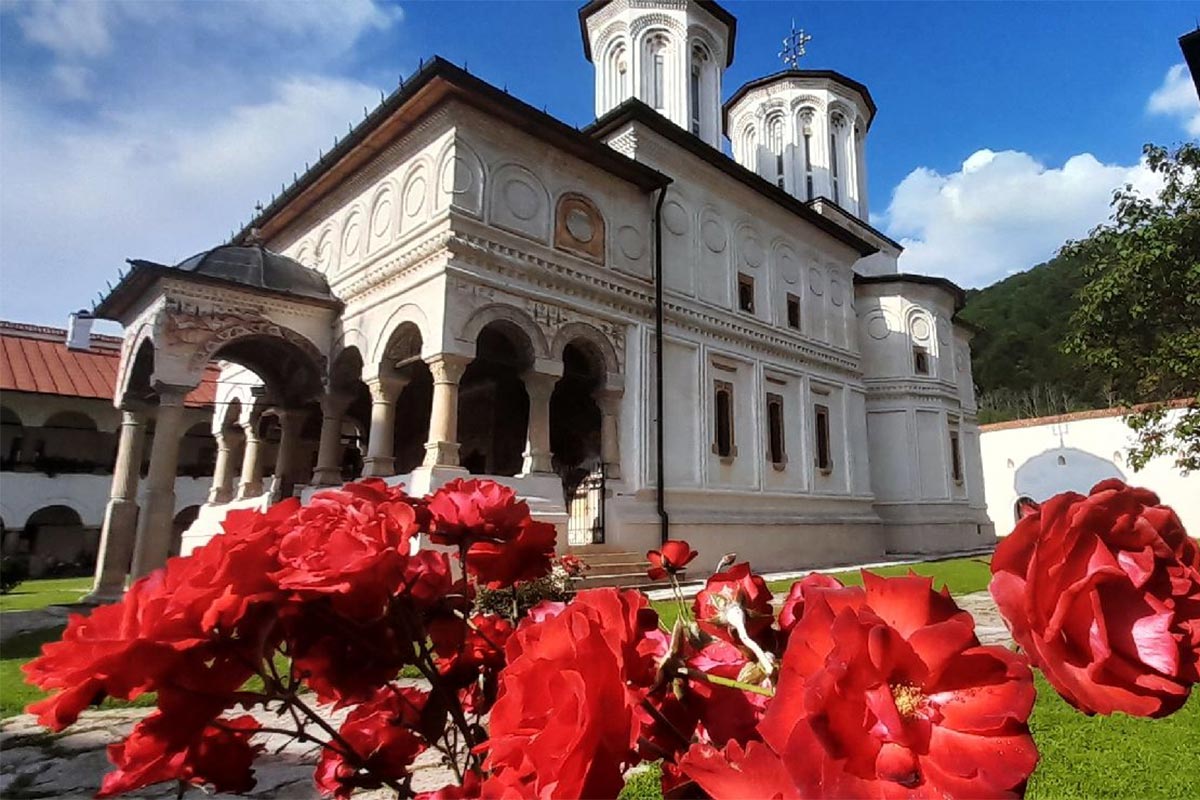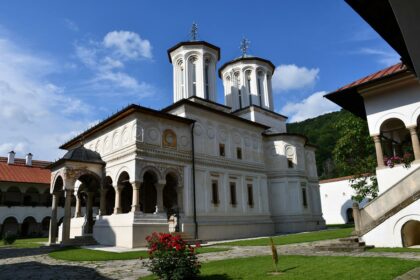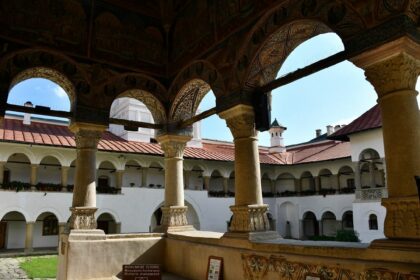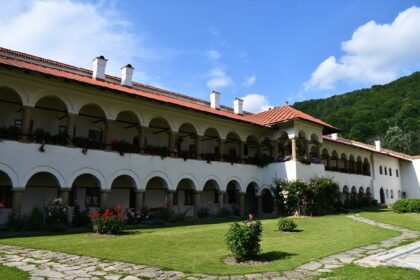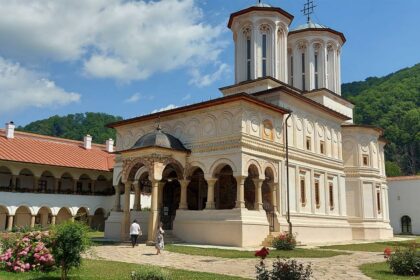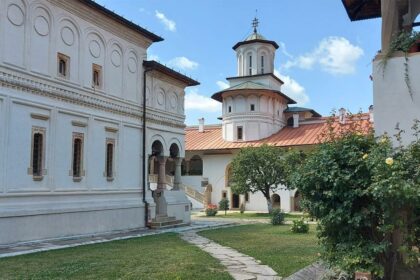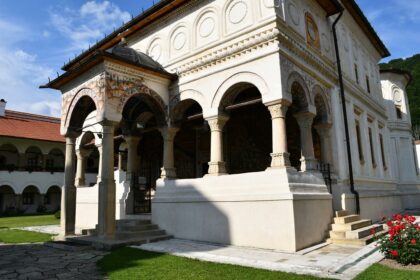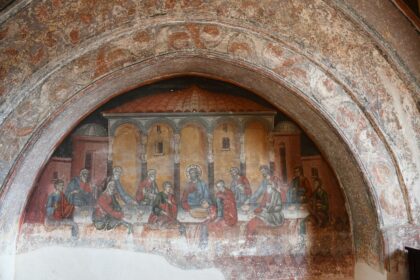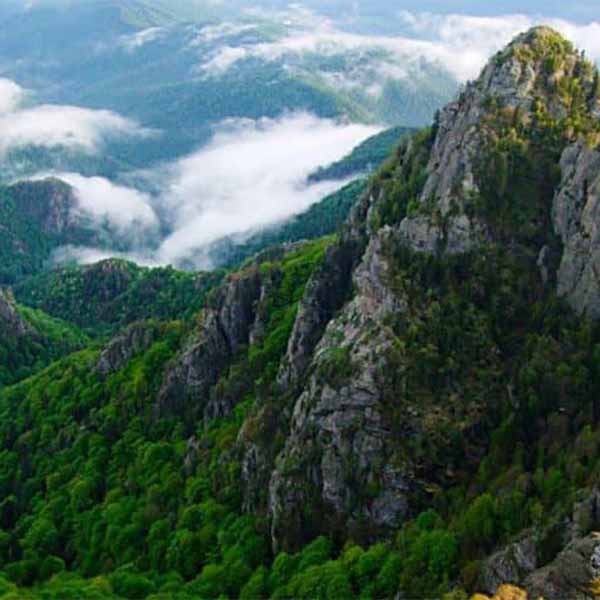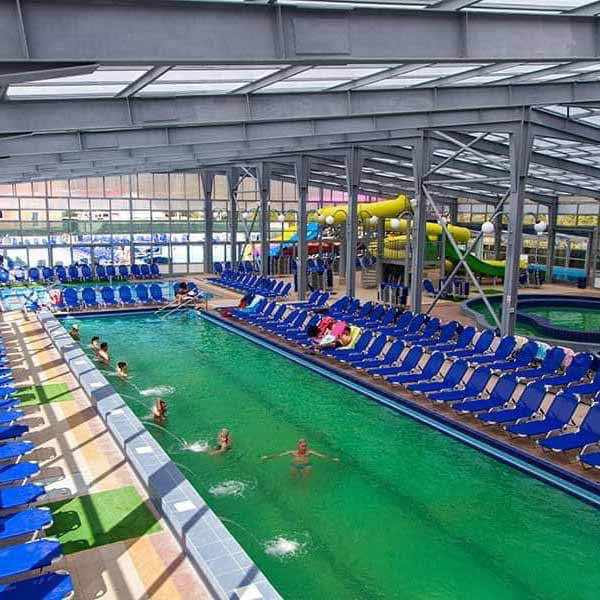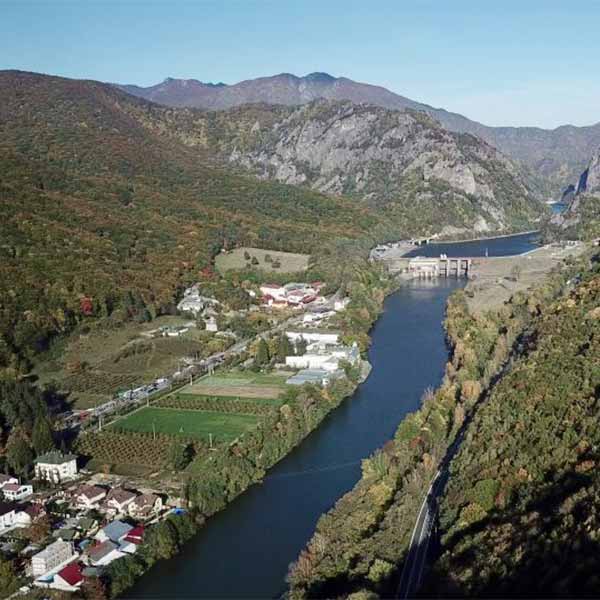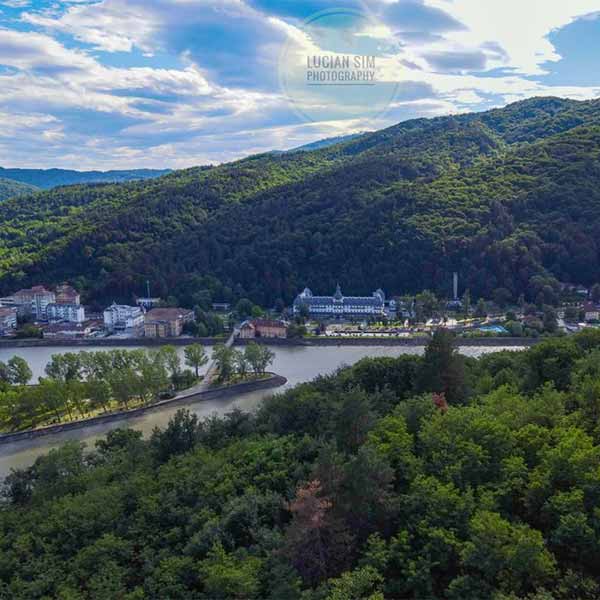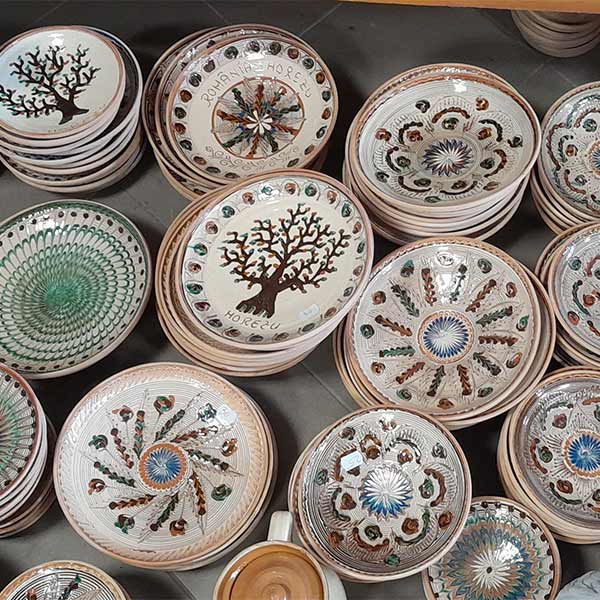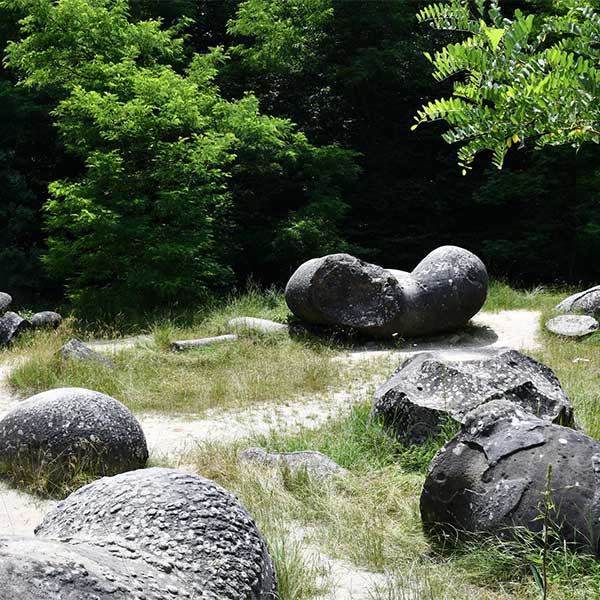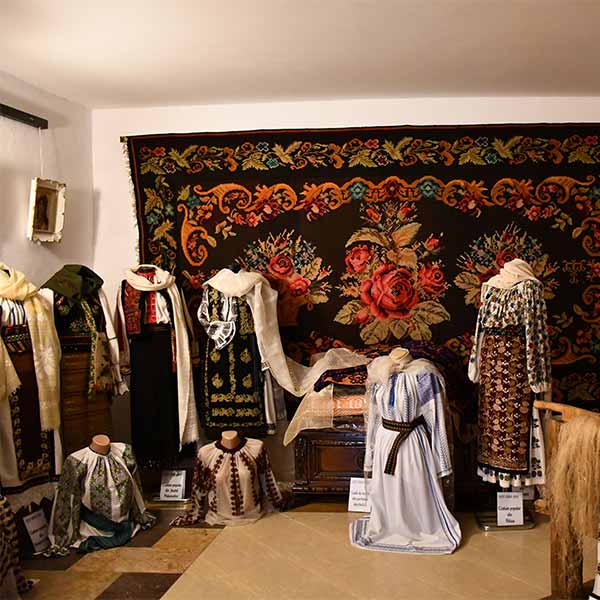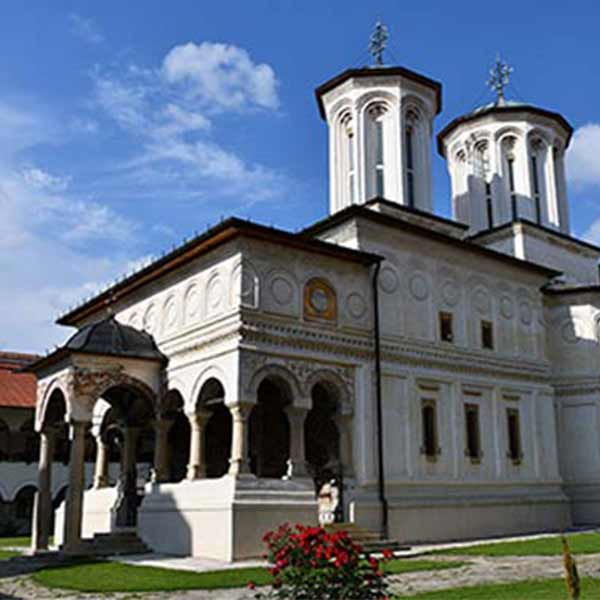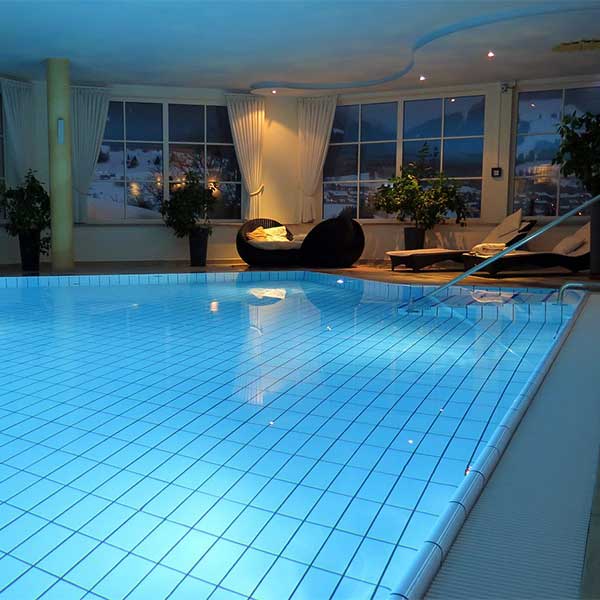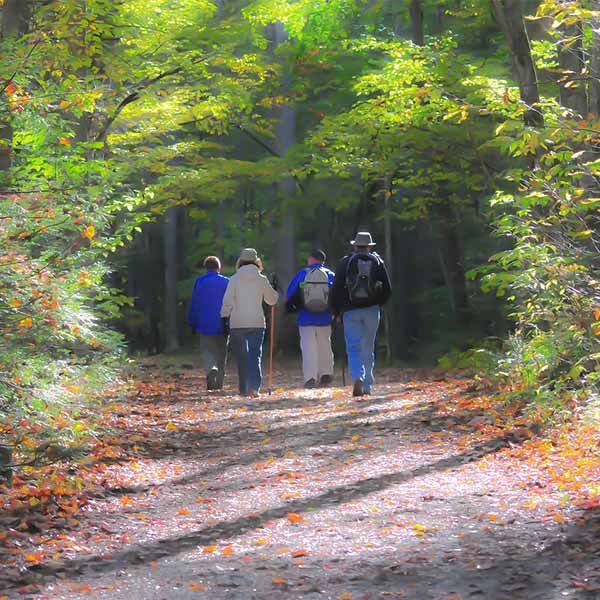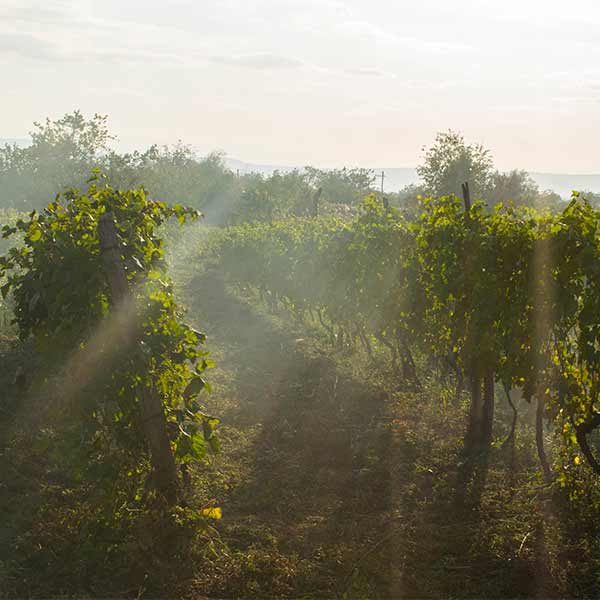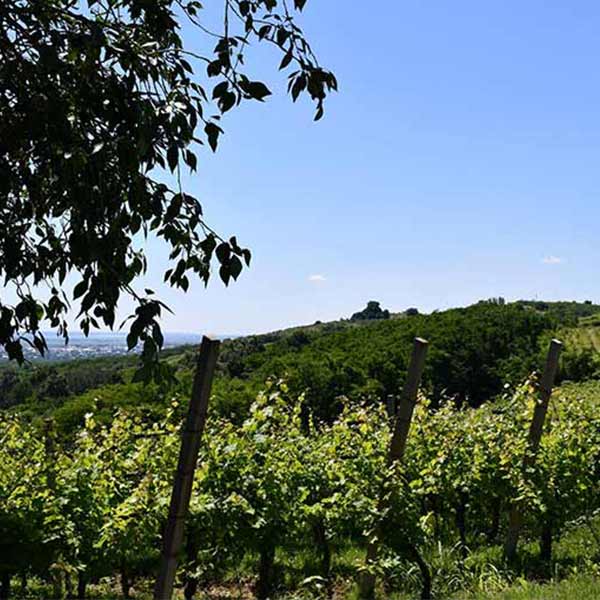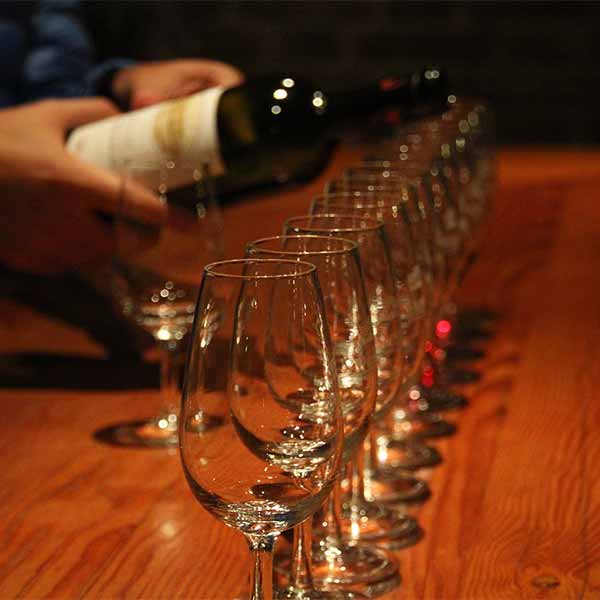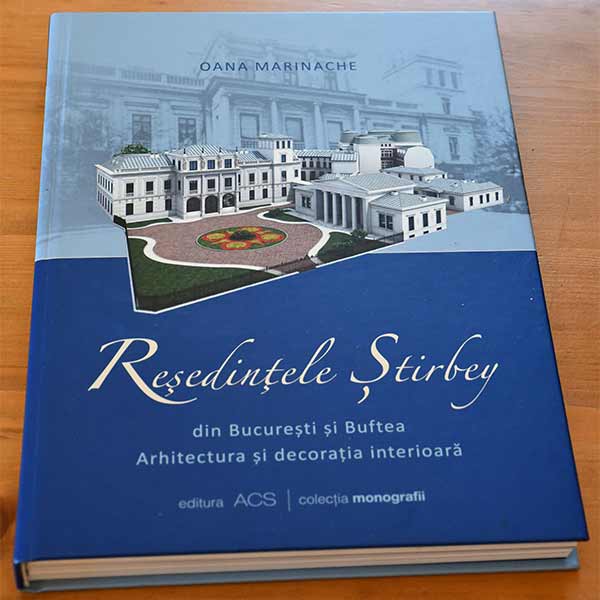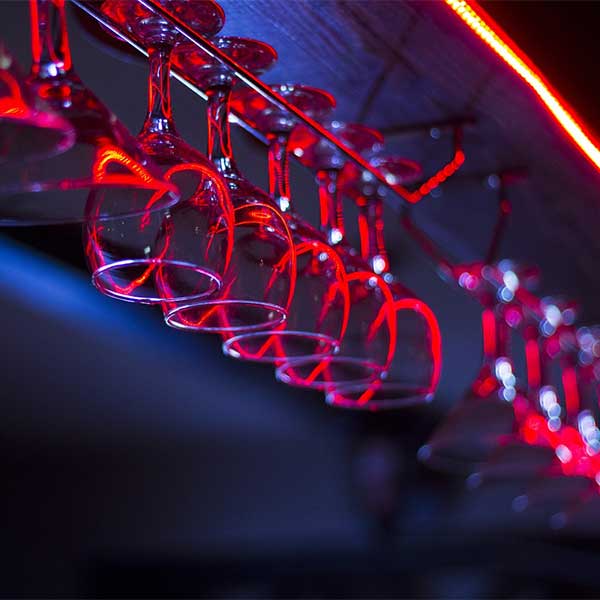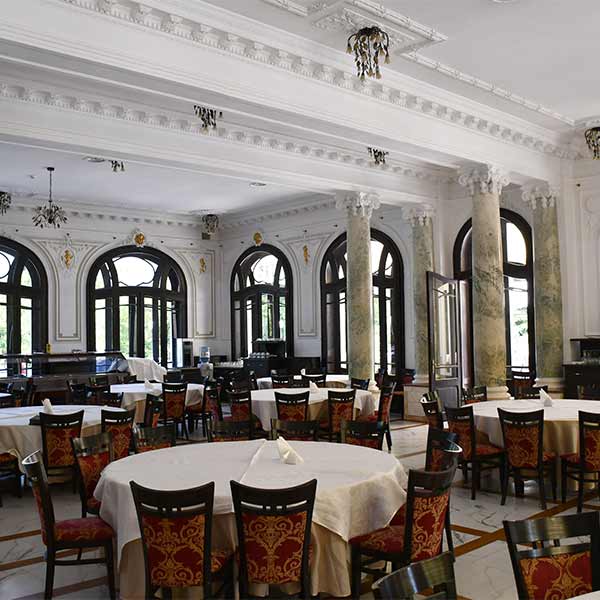
Horezu Monastery
Horezu Monastery
The monastery is located at the foot of Capatânii Mountain, on the outskirts of the village of Românii de Sus, about 50 km west of Râmnicul Vâlcea, in Vâlcea county. The monastery complex at Hurezi covers an area of 3 hectares, including the monastery itself, the Bolnița Church, and two hermitages, that of the Holy Apostles Andrew and Saint Stephen.
The church was founded between 1693 and 1697 by Constantin Brâncoveanu and is 32 metres long and 14 metres high, built in the shape of a cross.
| Schedule: | |
|---|---|
| Monday – Friday | 7:00 – 20:30 |
| Saturday | 7:00 – 21:30 |
| Sunday | 7:00 – 21:00 |
It is unique in UNESCO heritage, being considered the most representative building in the Brancovenesque style in the whole country, being also the largest monastic complex in the country.
The name of the monastery of Hurezi comes from the name of some birds called huhurezi, being night birds with a particularly beautiful and colorful plumage. According to local legend, the craftsmen who worked to build the monastery, because of the tourists, worked mostly at night when these birds were heard, hence the name.
The monastery consists of two enclosures: The first enclosure is enclosed by brick walls, which include the monastery and the surrounding hermitages, and the second enclosure is fortified and very high, with three buildings on three sides and a high wall to the east.
The whole complex is remarkable for its unified concept. It is structured on the main east-west axis, on which four places of worship are gradually aligned, built in different stages and by different builders.
The monastic complex consists of:
The monastery’s own church, built by the great ruler and scholar Constantin Brâncoveanu, located in the centre of the enclosure and dedicated to the Holy Emperors Constantine and his mother Elena;
The Church of the Sickbay, founded by Mrs Maria, the wife of the prince, in 1696;
The “Holy Apostles” Hermitage, founded by the abbot of the monastery, John the Archimandrite, in 1698;
The Saint Stephen’s Hermitage, named after the prince’s eldest son, founded by him in 1703.
